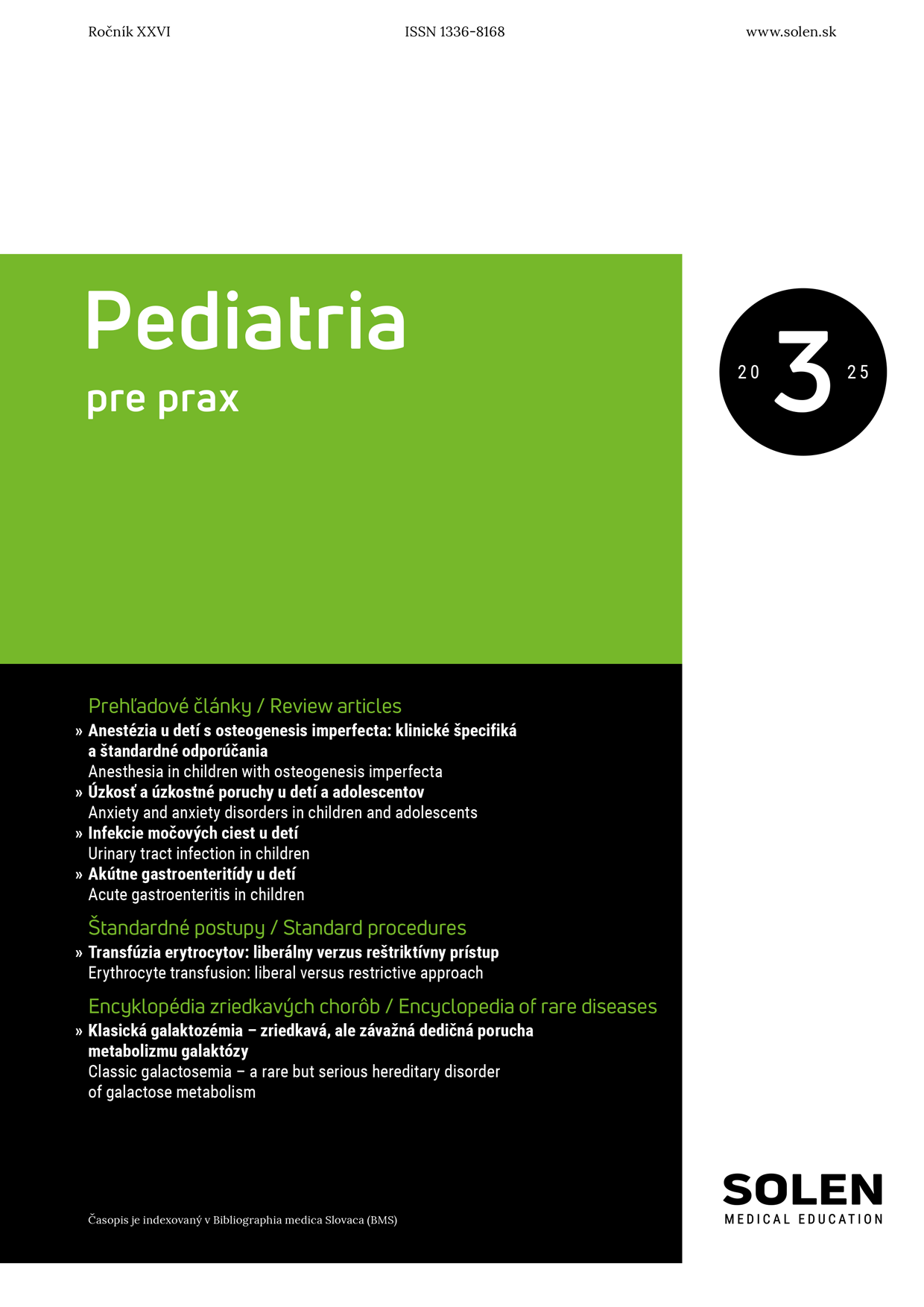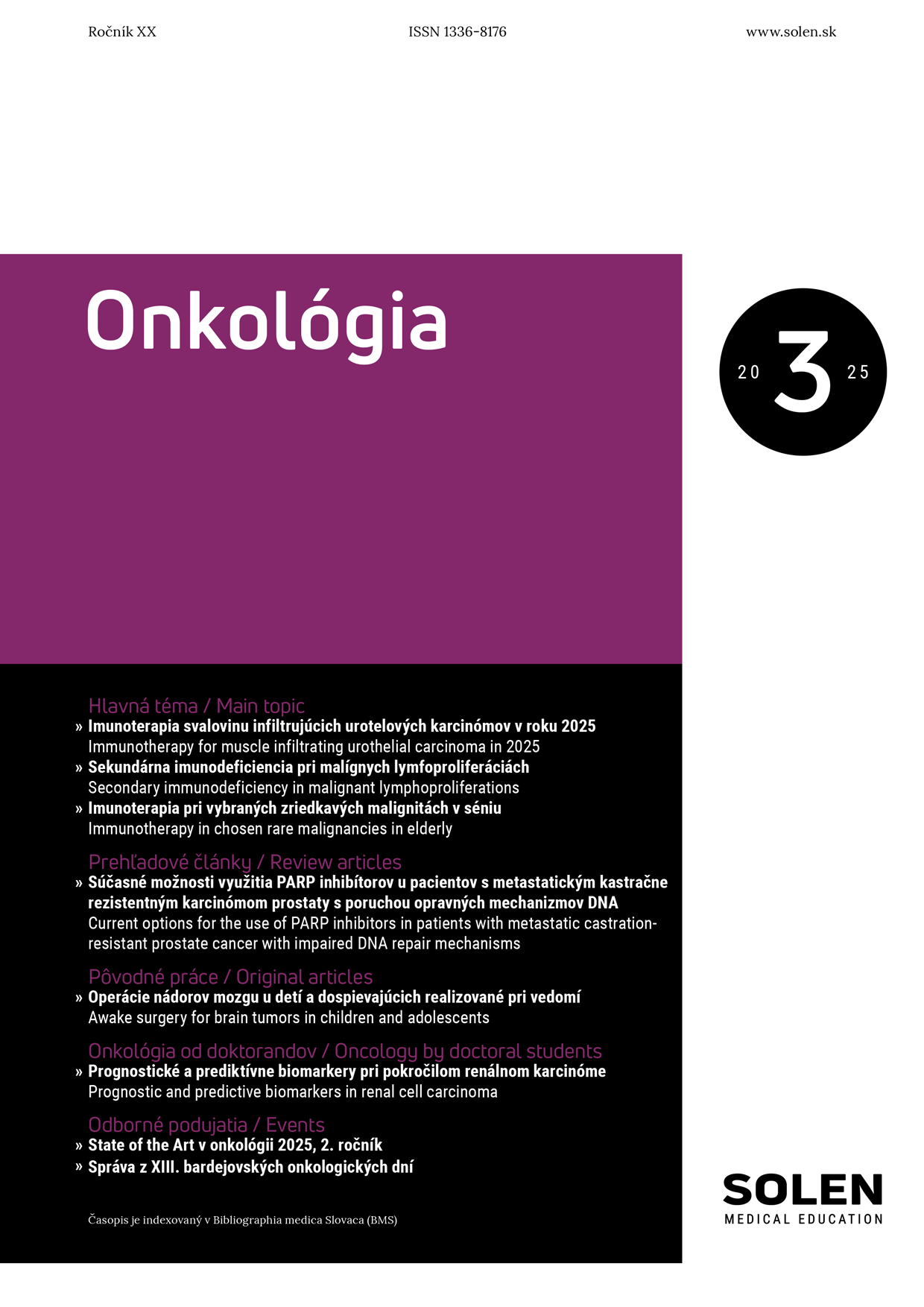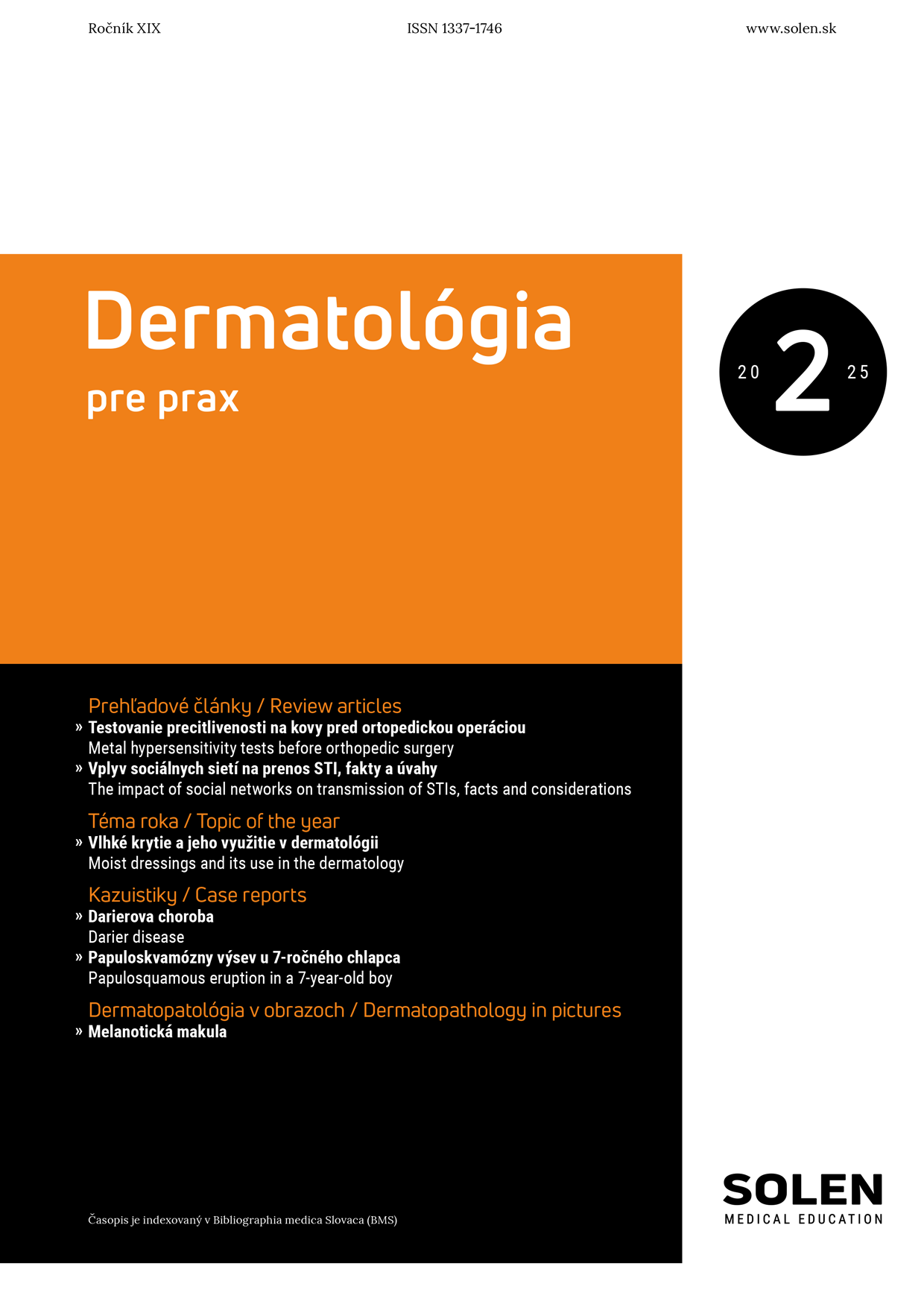Dermatológia pre prax 3/2016
Superficial skin mycoses and care of skin affected by fungus
Superficial skin mycoses occur as a result of infection with parasitic fungi. In the summer time, the number of cases rises due to higher temperatures, sweating, tight clothing and footwear, and increased frequency of sports activities. Based on aetiology, superficial mycoses can be divided into candidiases and dermatophytoses. Dermatophytoses are classified according to localisation. In most cases, local treatment is sufficient. It must be initiated early and be thorough as well as long-term. Systemic treatment is indicated when there is a risk of spread into deeper tissues, involvement of large areas or failure of local treatment. More at risk of fungal infection are, for instance, patients with impaired immunity, those with diabetes, and children. The paper presents a brief overview of the most common superficial skin mycoses.
Keywords: superficial mycosis, dermatophytosis, candidiasis, local treatment, systemic treatment, tinea

















